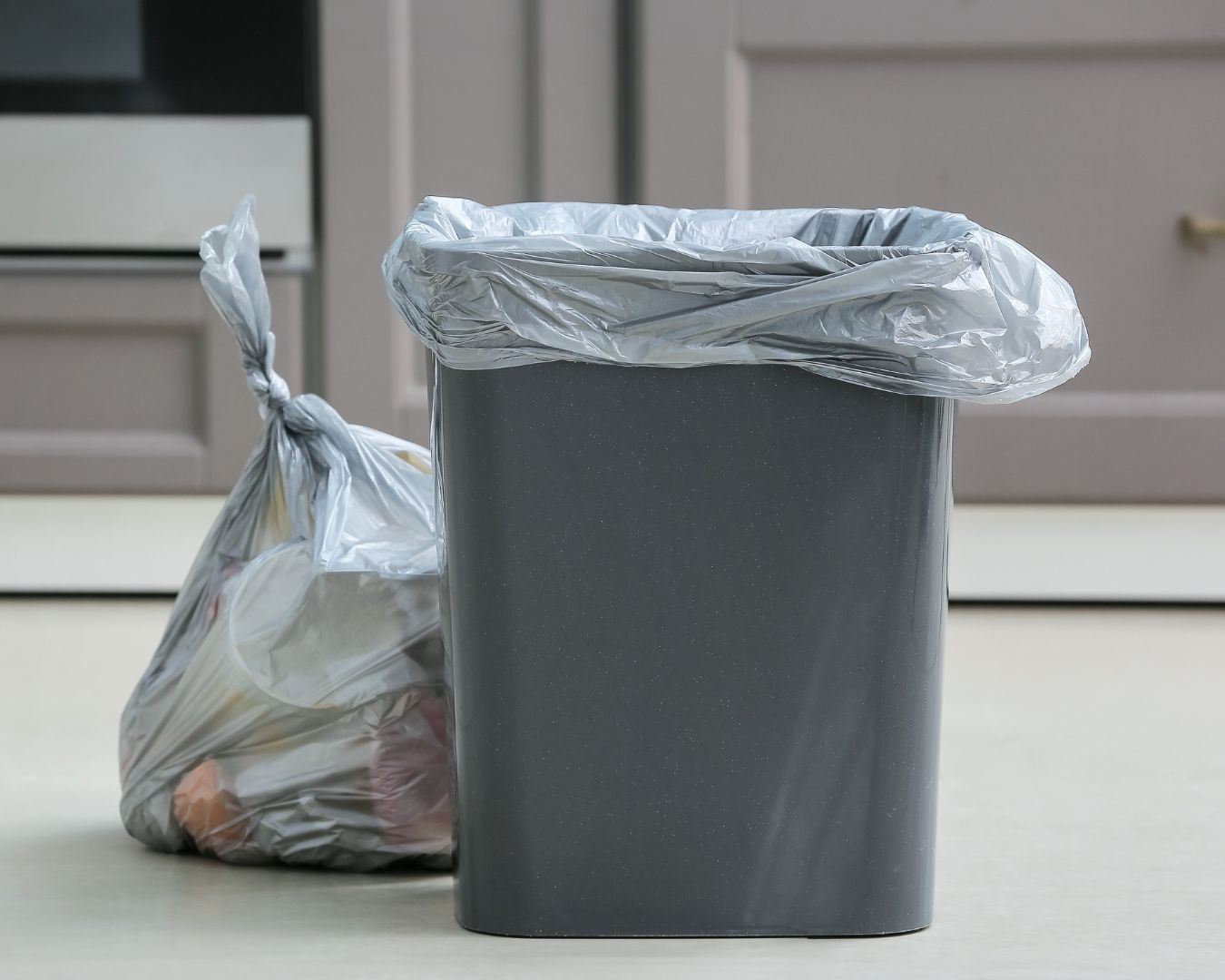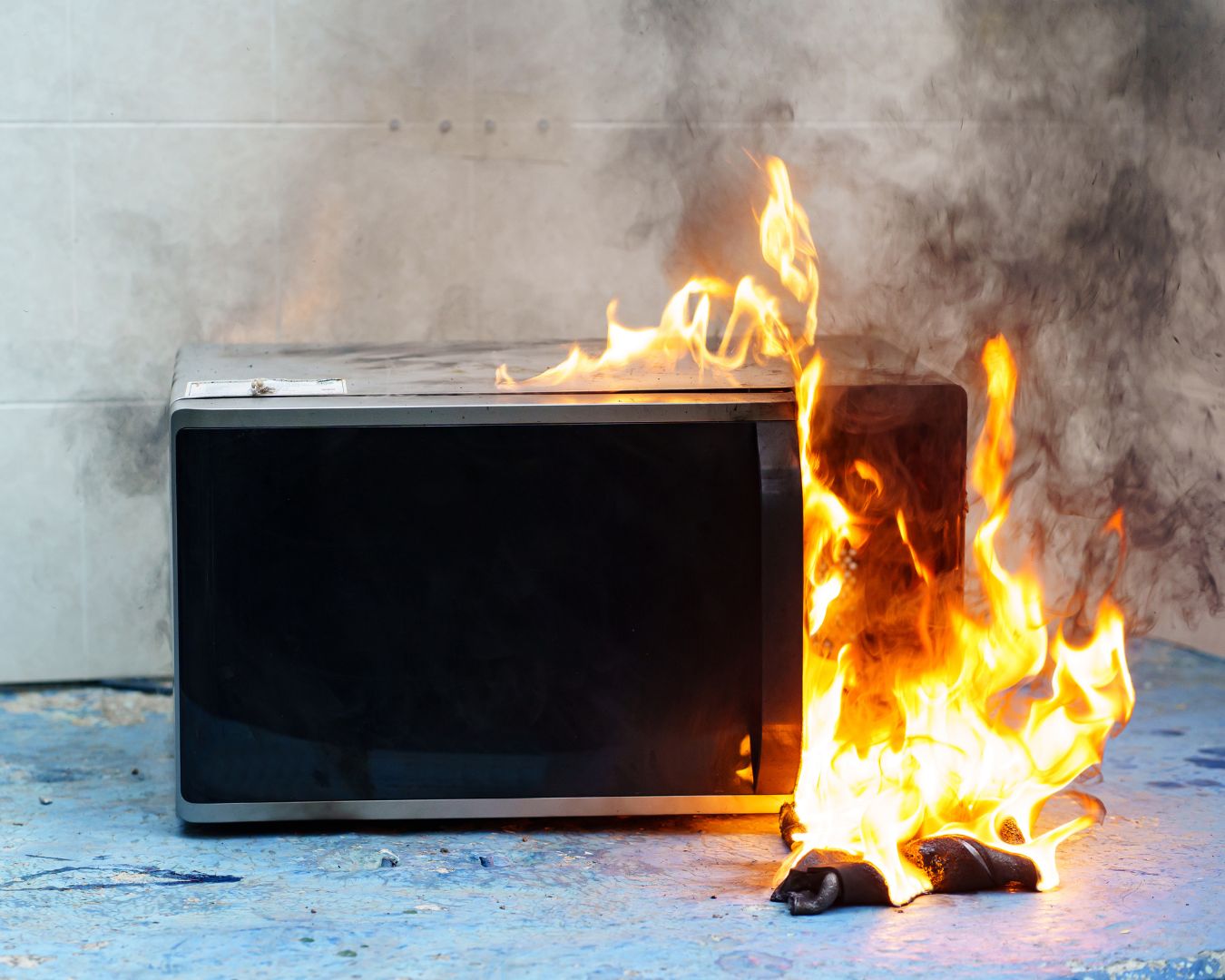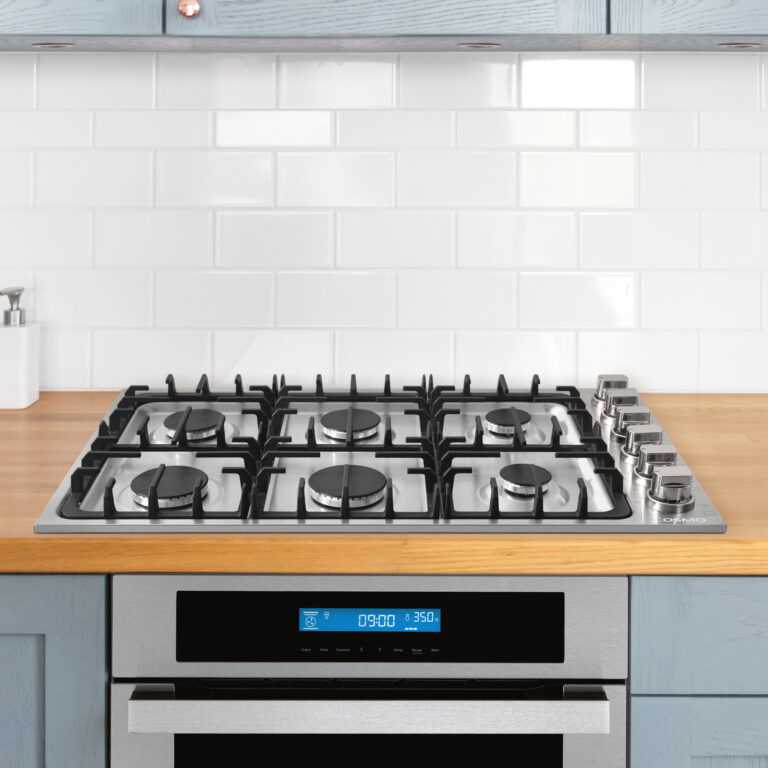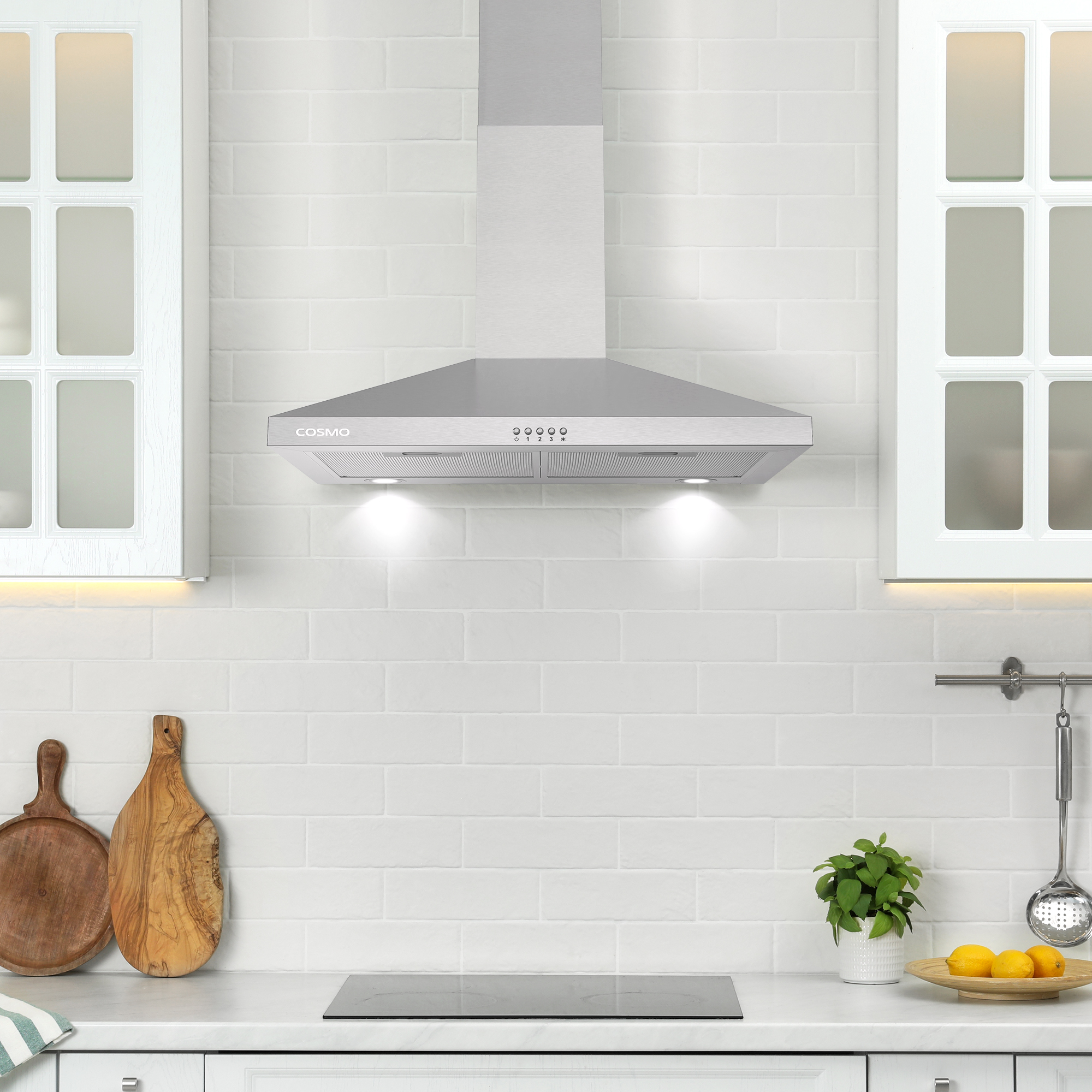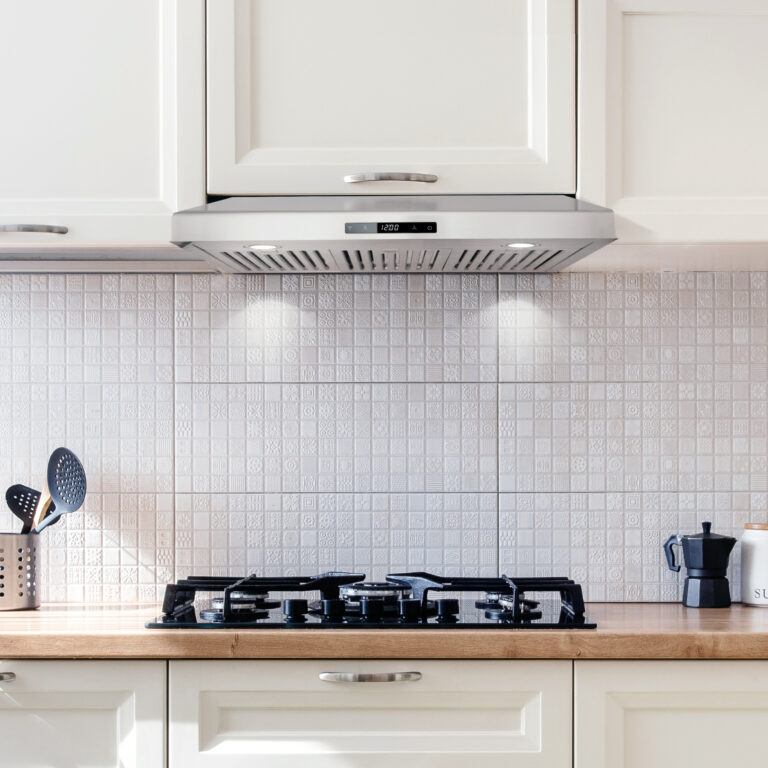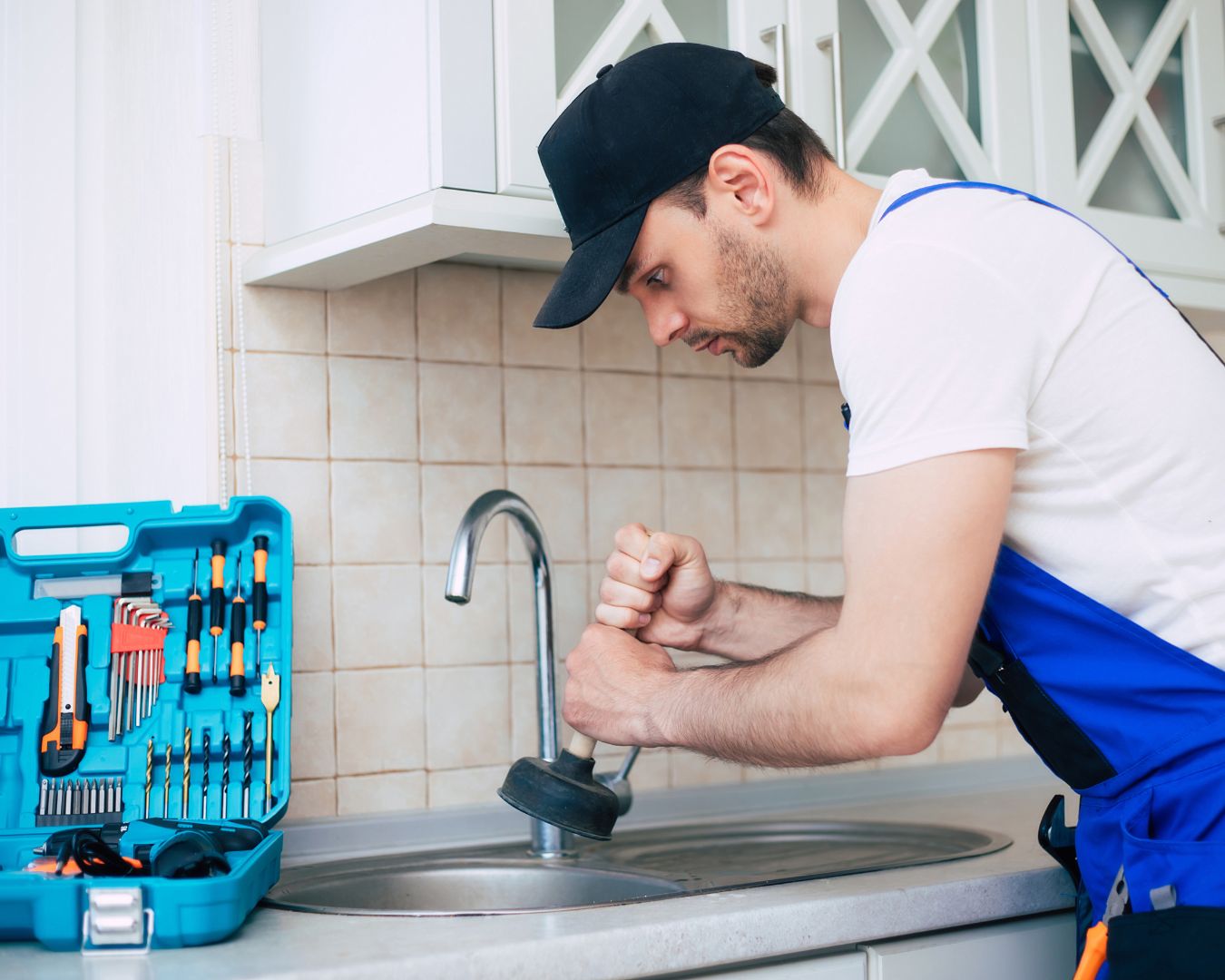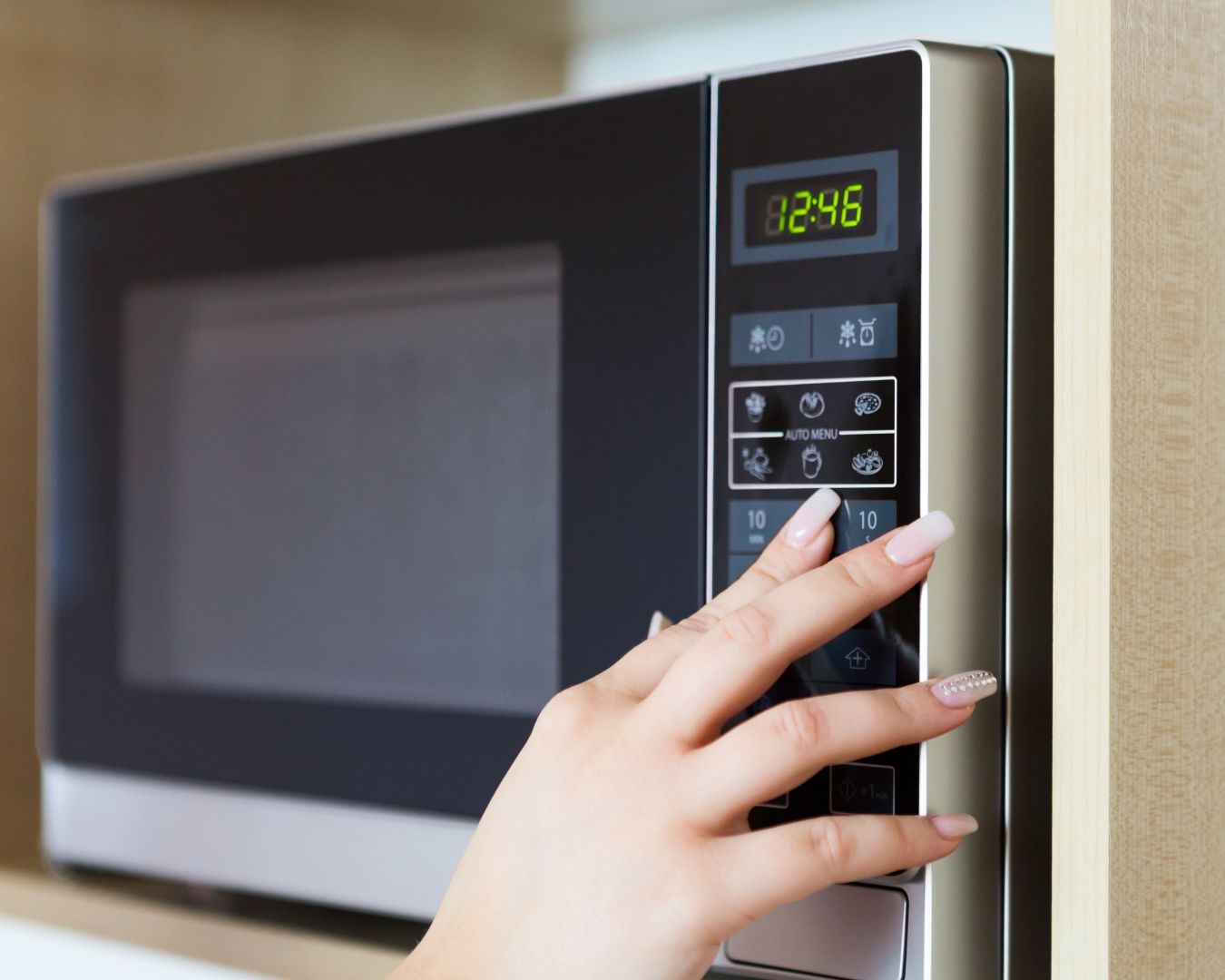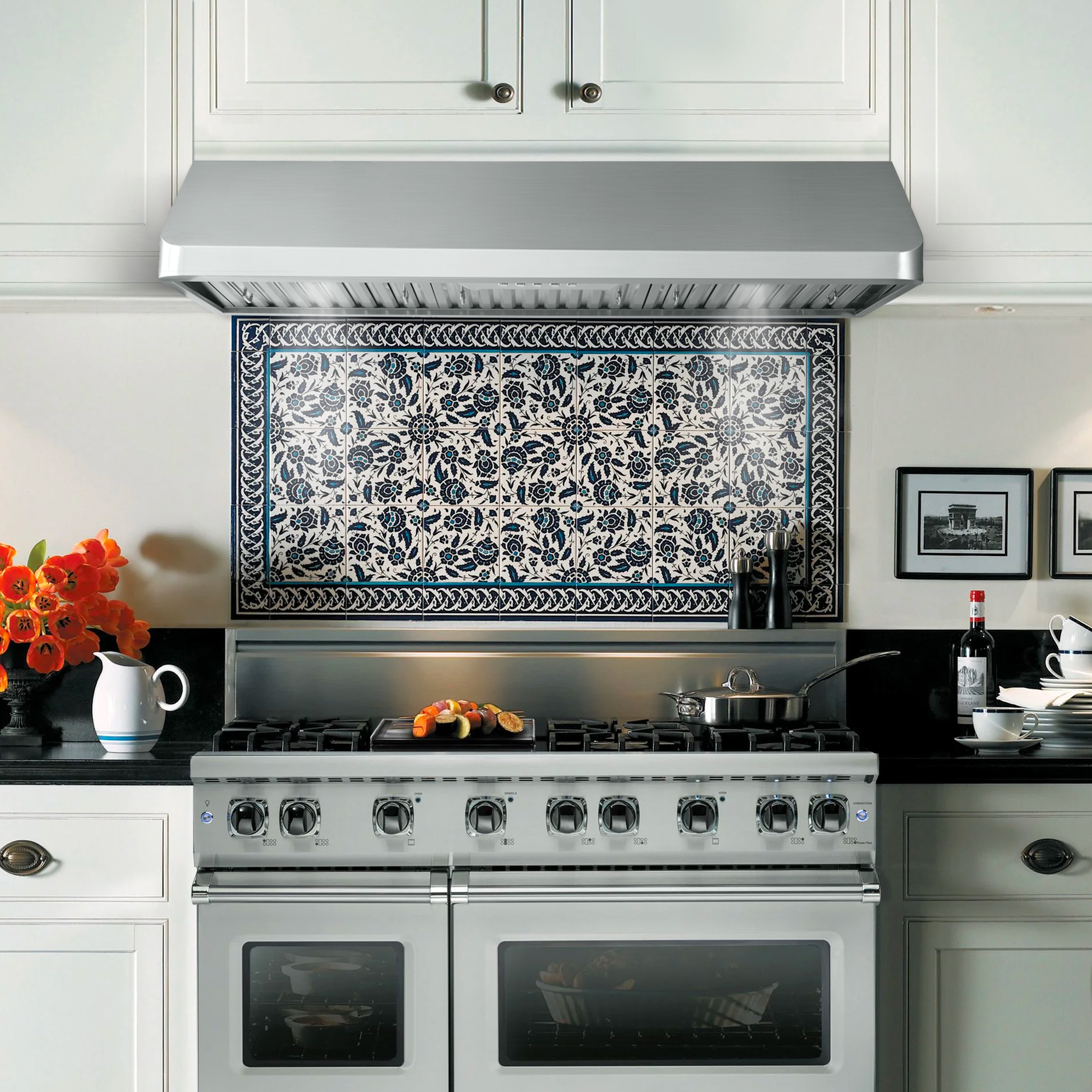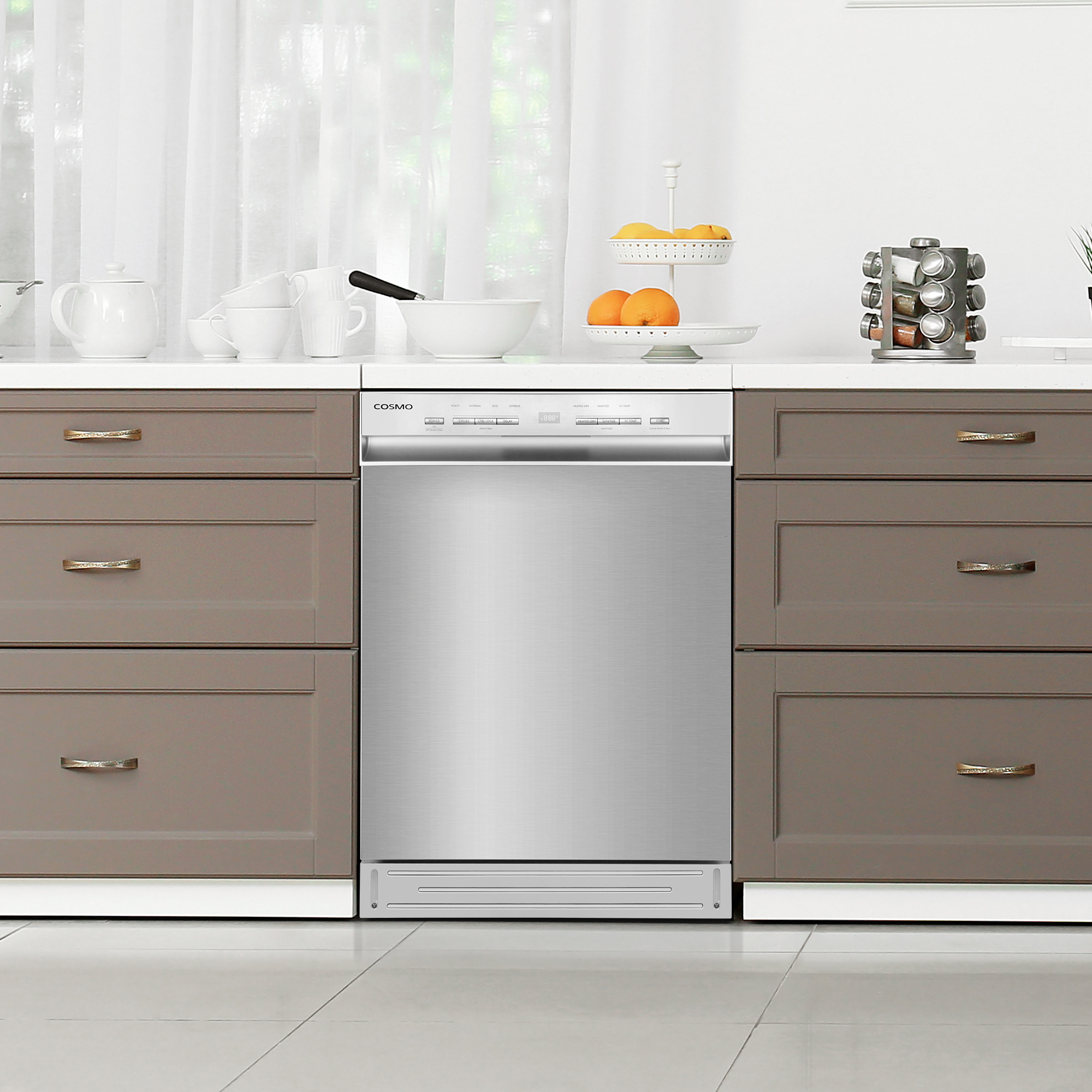A well-ventilated kitchen is the foundation of a healthier, more enjoyable cooking environment. The COS-KS6U30 30″ Under Cabinet Range Hood from Cosmo is engineered to provide superior ventilation, energy efficiency, and modern design, making it a must-have for any home. Here’s why you should consider upgrading your kitchen with this powerful appliance. 1. Efficient Ventilation for a Cleaner Kitchen Cooking can release smoke, grease, and lingering odors that affect indoor air quality. The COS-KS6U30 features a powered motor designed to efficiently remove smoke, grease, and odors, ensuring a cleaner, fresher kitchen. This suction capability is ideal for households that love cooking aromatic dishes, frying, or grilling indoors. 2. Sleek, Space-Saving Design Designed to fit seamlessly under your kitchen cabinets, the COS-KS6U30 maximizes your workspace while adding a sleek, modern touch. Its premium stainless steel finish blends effortlessly with both contemporary and traditional kitchens, enhancing the overall aesthetics of your cooking area without overwhelming the design. 3. Advanced Filtration System Equipped with durable, reusable filters, this range hood excels at trapping grease, smoke, and airborne particles. The filters are dishwasher-safe, making maintenance a breeze and ensuring your appliance operates at peak performance. Regular cleaning not only extends the life of the range hood but also maintains optimal airflow. 4. Energy-Efficient LED Lighting Good lighting is essential in any kitchen, and the COS-KS6U30 delivers with its bright, energy-efficient LED lights. These lights not only enhance visibility while cooking but also reduce energy consumption, making them both eco-friendly and cost-effective. Whether you’re searing steaks or simmering sauces, you’ll appreciate the added clarity. 5. Quiet Yet Efficient Operation Many range hoods sacrifice quietness for power, but not the COS-KS6U30. Despite its strong ventilation performance, it operates at low noise levels, allowing you to cook, converse, and entertain without loud interruptions. This feature is especially beneficial in open-concept homes, where noise can easily carry into living spaces. 6. User-Friendly Controls The intuitive control panel makes it easy to adjust the fan speed and lighting according to your needs. With multiple speed settings, you can quickly switch from gentle ventilation for light simmering to powerful extraction for high-heat frying. The simple design ensures effortless operation, even during busy cooking sessions. 7. Enhancing Air Quality and Home Comfort By effectively removing airborne pollutants, the COS-KS6U30 helps to reduce indoor air pollution, prevent grease buildup on surfaces, and eliminate persistent cooking odors. This results in a fresher, more comfortable home environment, promoting overall well-being for you and your family. The COS-KS6U30 30″ Under Cabinet Range Hood isn’t just an appliance—it’s an investment in your kitchen’s cleanliness, efficiency, and style. With its efficient performance, energy-saving features, and sleek design, it’s a must-have for any modern home. Upgrade your cooking space today and experience the difference that superior ventilation can make in your daily life.

